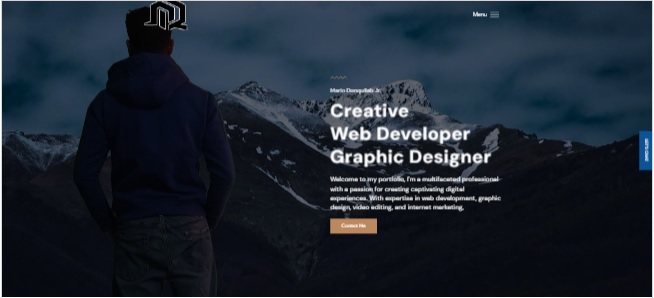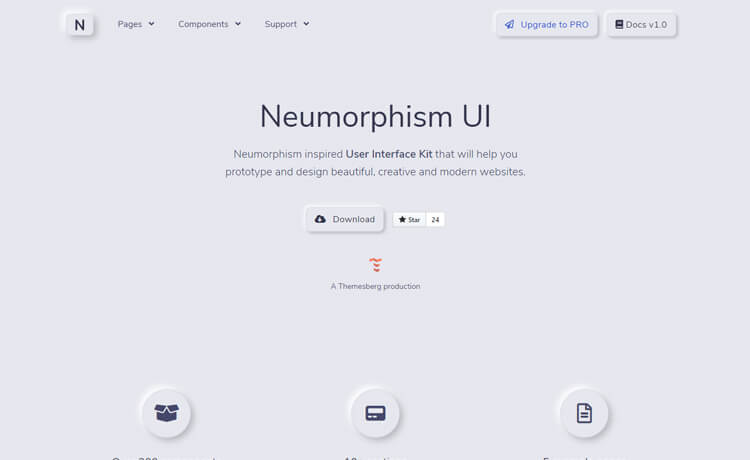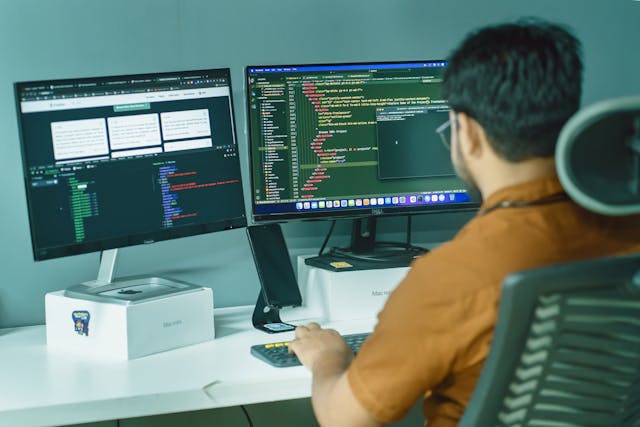The world of web design is ever-evolving, driven by technological advancements and changing user preferences. As we move through 2024, several trends are shaping how websites are designed, focusing on aesthetics, functionality, and user experience. Here’s a look at the top 10 web design trends that are defining this year.

1. Dark Mode Domination
Dark mode has moved from being a novelty to a necessity. This trend not only reduces eye strain, especially in low-light conditions, but also gives websites a modern, sleek look. The contrasting elements in dark mode designs make content pop, enhancing readability and user engagement.

2. Neumorphism
Neumorphism combines the best of skeuomorphism and flat design, creating interfaces that mimic real-world objects through subtle shadows and highlights. This trend brings depth and a sense of tactile interaction, making buttons, cards, and other elements appear more tangible and interactive.
3. Microinteractions
Microinteractions are small animations or design elements that provide feedback to the user, such as a button changing color when hovered over or a notification bell ringing. These interactions enhance user engagement and satisfaction by providing a more responsive and intuitive experience.
4. 3D Visuals and Animations
With advancements in web technology, incorporating 3D elements and animations has become more accessible. These elements add a dynamic and immersive aspect to websites, capturing users’ attention and providing a more engaging experience. From interactive product models to intricate background animations, 3D is making websites more visually appealing.
5. Minimalism and White Space
Minimalism continues to be a dominant trend, focusing on simplicity and functionality. By utilizing ample white space, designers can create a clean, uncluttered look that emphasizes content. This approach improves readability and navigation, allowing users to find information quickly and effortlessly.
6. Custom Illustrations and Graphics
Custom illustrations and graphics add a unique, personalized touch to websites. Unlike stock photos, bespoke illustrations can convey a brand’s identity more effectively, making the site stand out. This trend also includes hand-drawn elements, which bring a human, relatable feel to digital interfaces.
7. Voice User Interface (VUI) Integration
As voice assistants like Siri and Alexa become more prevalent, integrating voice user interfaces into web design is gaining traction. VUI allows users to navigate websites and perform tasks using voice commands, offering a hands-free and accessible browsing experience. This trend is particularly beneficial for accessibility and enhances user convenience.
8. Sustainability and Eco-Friendly Design
With increasing awareness of environmental issues, sustainable web design is on the rise. This involves optimizing websites for energy efficiency, reducing the digital carbon footprint, and using eco-friendly hosting services. Sustainable design not only benefits the planet but also appeals to environmentally conscious users.
9. Augmented Reality (AR) Experiences
AR is bridging the gap between the digital and physical worlds, offering interactive and immersive experiences. In web design, AR can be used for virtual try-ons, interactive product demos, and enhanced storytelling. This technology provides users with a more engaging and memorable interaction with the website.
10. Inclusive Design and Accessibility
Inclusive design ensures that websites are accessible to all users, including those with disabilities. This trend focuses on creating user-friendly interfaces that comply with accessibility standards, such as WCAG. Features like keyboard navigation, screen reader compatibility, and adjustable text sizes are becoming standard practice, making the web a more inclusive space.
The top web design trends of 2024 emphasize functionality, user experience, and aesthetic appeal. From dark mode and 3D visuals to sustainability and inclusive design, these trends reflect a move towards more immersive, engaging, and responsible web design. As technology continues to evolve, staying ahead of these trends will be key for designers aiming to create cutting-edge, user-centric websites.
These trends highlight the importance of innovation and adaptability in web design. By embracing these trends, designers can ensure their websites not only meet but exceed user expectations, providing a seamless and enjoyable online experience.

